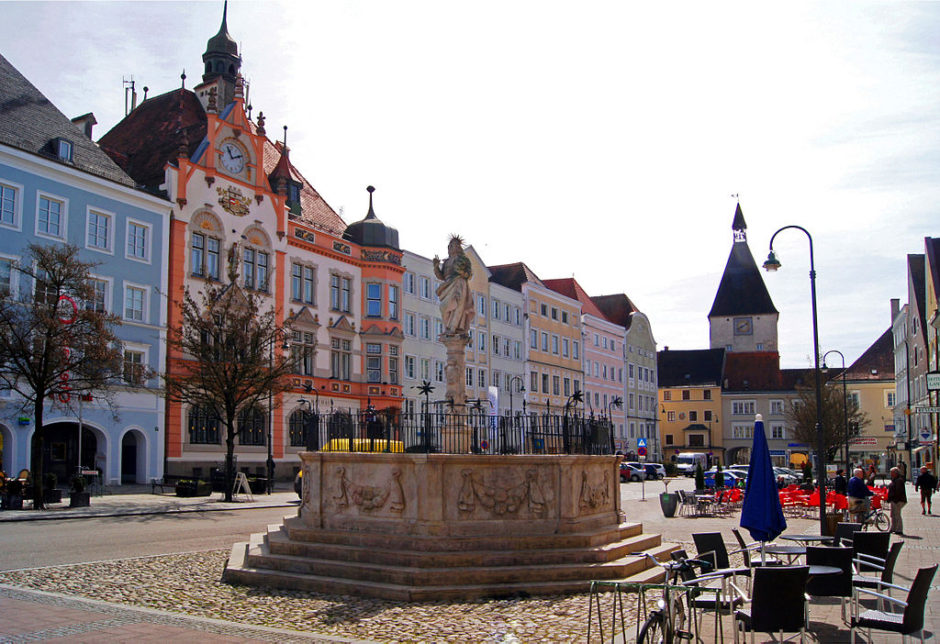
On April 20, 1889, at 6:30 p.m., Klara Polzl gave birth to a boy in Braunau am Inn, a town in Austria adjacent to the German border. The boy’s name is inscribed in crabbed letters in a mouldering registry kept behind lock and key in St. Stephen, Braunau’s preeminent Roman Catholic church. A Gothic pile whose spire pierces the town’s low skyline, St. Stephen was completed in 1492, the year Jews were expelled from Spain.
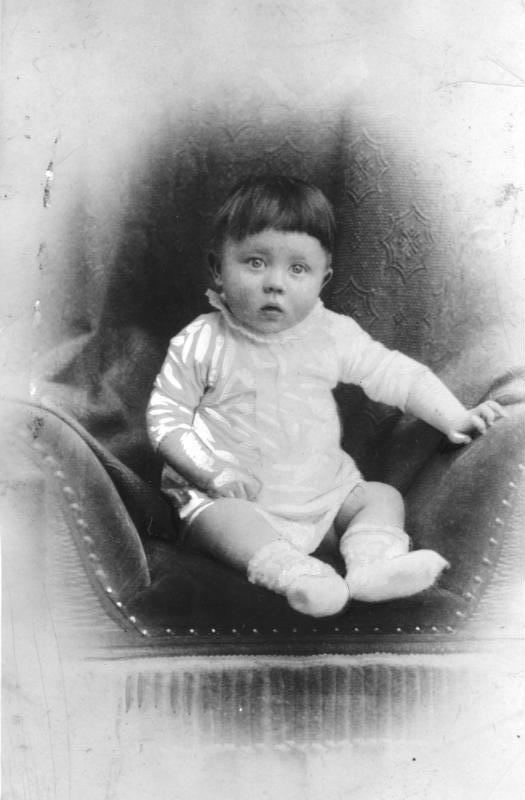
The boy was born in a yellow building at 15 Salzburger Vorstadt, near Braunau’s main square. The building has been successively used as a country inn, boarding house, army barracks, brewery, library and day care center for handicapped children.
Christened Adolf, the boy was the son of Alois Hitler, a customs officer whose original surname was Schicklgruber.
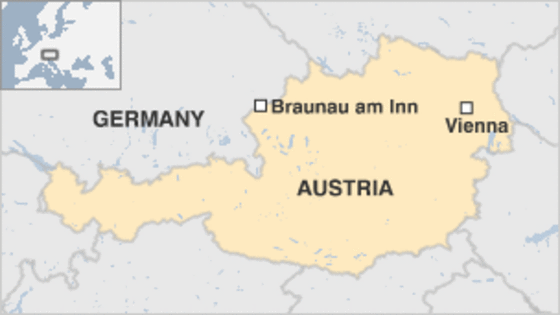
Adolf Hitler’s association with Braunau was short-lived. He and his family moved away when he was three years old, never to return. Nonetheless, Braunau — a picturesque town of 17,500 set amid green hills and lying along the banks of the Inn River — has been besmirched by Hitler’s legacy as the greatest mortal enemy of the Jewish people.
Some years ago, while on assignment in Austria, I visited Braunau and met several of its residents, including Johann Wolf, an English and geography teacher who was plainly self-conscious about his hometown. “The only thing famous — or infamous — about Braunau,” he said, “is that it’s Hitler’s birthplace.”
Due to its notoriety, Braunau has been catapulted into the news again. A few days ago, the Austrian government announced that the building where Hitler was born would be demolished. Shortly afterwards, Austrian Interior Minister Wolfgang Sobotka revised Austria’s position, saying the building would be reconstructed and thus rendered unrecognizable.
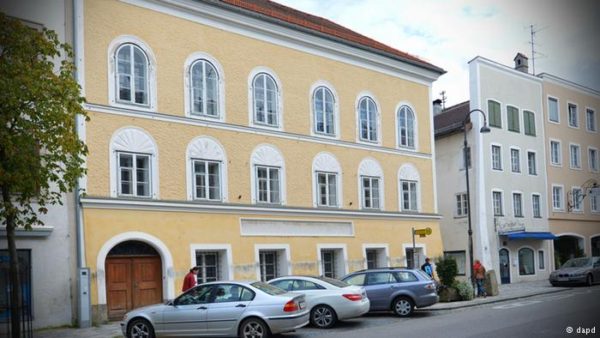
Whatever may happen, the spotlight is on Braunau yet again.
Connected to Germany by a narrow bridge spanning the Inn River, Braunau was a commercial hub and a military garrison during the Habsburg Empire period. Its population was 4,000 in 1889 and 5,000 when Austria was annexed by Germany in 1938.
There was never a Jewish community in Braunau, but a Jewish family, the Wertheimers, lived in the district before emigrating.
Braunau’s predominantly Roman Catholic burghers welcomed Germany’s annexation and were proud of Hitler, its native son. “Only a few people in Braunau were anti-Nazi,” Peter Untareiner, Braunau’s only Protestant pastor, told me during the course of my visit.
The German occupation of Braunau ended abruptly on May 1, 1945, when the Wehrmacht retreated, following a threat by U.S. forces to bombard the town, said Josef Dax, the mayor’s executive assistant.
Much to its dismay, Braunau has been haunted by the specter of Nazi Germany and the Holocaust and has been a site of neo-Nazi pilgrimages.

In 1979 and 1989, on the 90th and 100th anniversary of Hitler’s birthday, neo-Nazis and anti-Nazis staged disruptive demonstrations in Braunau.
Prior to the 1989 incident, a simple plaque, carved out of stone quarried from the former Mauthausen concentration camp in Austria, was erected in front of the building where Hitler was born. The inscription reads: “For peace, freedom and democracy. Never again fascism. In memory of the millions of dead.”
The memorial was placed there at the initiative of Braunau’s newly-elected mayor, Gerhard Skiba, whose father served in the Wehrmacht. Skiba did not consult the town council, fearing that representatives of the right-wing Freedom Party and elements within the conservative People’s Party might oppose his plan.
When I interviewed him, Skiba told me he hoped the building could be converted into a museum and documentation center on the Nazi era, emphasizing Austria’s role in the Third Reich and the Holocaust.
Skiba’s vision never materialized, but in the meantime, the Austrian government and the owner of the building, Gerlinde Pommer, became embroiled in a legal spat.
Austria, having leased the building in the early 1970s, rented it out as a center for children with disabilities. The arrangement ended in 2011 when Pommer expressed opposition to renovating or selling the building. Last summer, Austria passed legislation to seize the property from her.
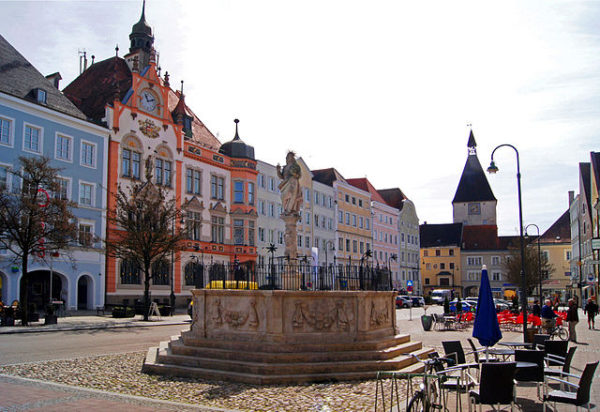
With the building still remaining empty today, Braunau is bitterly divided over its ultimate disposition. In concert with Skiba’s suggestion, some residents think it should be turned into a museum. Others want it to be a refugee center. Still others believe the status quo should prevail.
Despite these differences of opinion, Braunau has tried to face its Nazi past.
In 1988, on the 50th anniversary of Germany’s annexation of Austria, local schools required pupils to submit essays and projects on the Anschluss. In the years to follow, Braunau sponsored a seminar on the war, with participants from Germany, Poland, France and the Czech Republic in attendance, and invited former forced laborers from Russia and reunited them with their ex-employers.
Clearly, Braunau cannot escape the burden of its linkage with Hitler.
